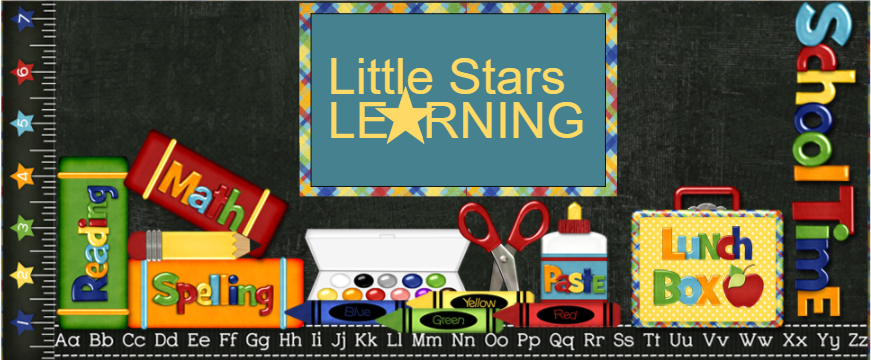For our Garden theme/unit, a couple of the books dealt with pumpkin growing. Last fall we had several different kinds of pumpkins. One Jack Be Little pumpkin made it through on the kitchen counter, in perfect condition, to the spring, as I had hoped. We had talked all winter about growing more little pumpkins from it. Now it was time.
From Seed to Pumpkin by Wendy Pfeffer
It covers plant physiology and the growth cycle beyond the other books we used. WONDERFUL use of adjectives! For preschoolers, these are fun words to say and learn. We went outside to see if we could find some "prickly leaves with jagged edges."
The FIRST activity
was to dissect the pumpkin and gather the seeds.
We surveyed the pumpkin, noted the stem and talked about what the insides might look like. Even though they may have carved pumpkins last fall, none of them seemed to have a reference. We did count the seeds afterward.
The children in the video are A, just turned 2 a few weeks ago;
The children in the video are A, just turned 2 a few weeks ago;
H almost 3; and B almost 4.
*Yes, I did let them know that weeds were NOT boys and that boys are not bad.
G had just been in time out, so his sister was focused on that.
SKILLS
Math: counting, size comparisons
Language: adjectives
Sensory: sight, smell, touch; outer shell, stem, flesh, strings and seeds
Science: life cycle, plant physiology
Fine Motor: picking seeds, sorting through the strings
The SECOND activity
was to create sprout bags
I used this as a methodical counting and following directions activity. By placing the items in the center of the table, they gained responsibility for placing the correct amount of dry items into their bags. If they didn't, then I simply removed the items from the bag and asked them to do it again, stating the quantities clearly. I also wrote the amounts on the whiteboard. Not that the younger ones can read, but it helped number and letter recognition and the idea of a "recipe" for the activity that needed to be followed. For the older girls it provided some practice of sounding out words and list making.
We used:
1 bag
2 scoops water
3 seeds
4 cotton balls
I encouraged them to feel and smell all the materials. It was challenging for the younger ones to abide by the number count for each item. G, age 2, did it just fine. He really paid attention and was able to quickly add just the exact number of items his first try. H age 3 and A age 2 wanted to stuff the bag. It took a couple of times for them to slow down, pay attention to what they were doing, and COUNT.We used a tablespoon for scooping water, so very little actually got into the younger ones' bags. It just wasn't deep enough for them to effectively scoop water. I added some more water to the bags before sealing. Two tablespoons probably wouldn't have been enough water as it is. I would suggest using a small ladle instead to keep to the 2 scoops and still have enough in there.
I helped write their initial on the front and then they got to choose which area on the door their bag was placed. I just used clear packing tape to put them up. The children poked and prodded their bags and it proved to be a good sensory experience after the activity.
These were created on Thursday, May 24th. We returned to school after Memorial Day on May 29th and found several seeds sprouted, most at least had a little root showing.
We were just discussing our weekly plan and when I mentioned planting them later this week, H immediately talked about getting rid of the "SCARY WEEEEEEDS!" so I guess that made an impression.
SKILLS
Math: counting, 1-1 correspondence
Social: following directions, sharing resources, delayed gratification
Language: discussion, adjectives. instruction, pre-reading, phonics
Sensory: soft, hard, wet, slick
Fine Motor: opening bag, placing small items, scooping liquid, writing
Tags: pumpkin, seed, plant, garden, sprout, sprout bag, starting, sprouting, preschool, pre-k, prek, kindergarten, homeschool, gardening, theme, unit, childcare, daycare, math, science, fine motor, sensory


















No comments:
Post a Comment
Note: Only a member of this blog may post a comment.